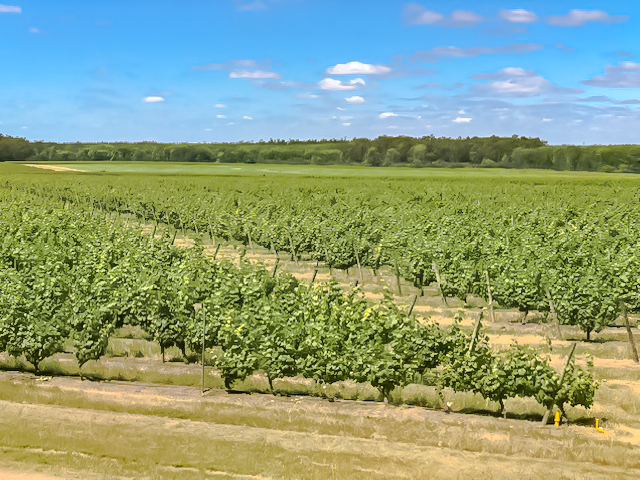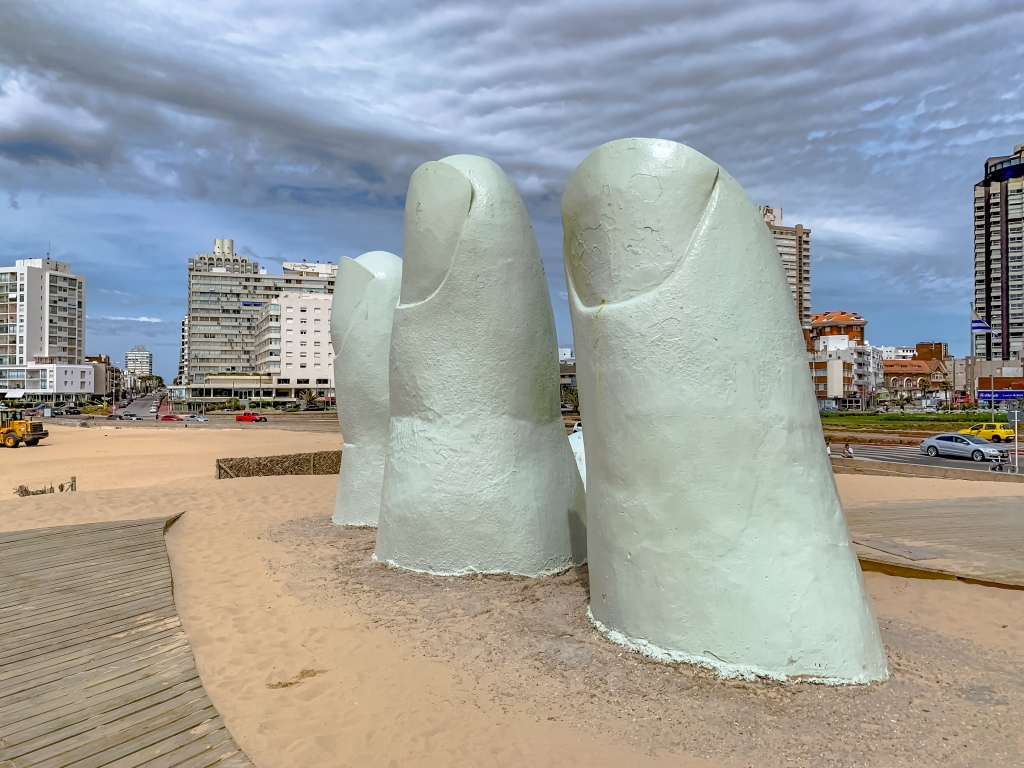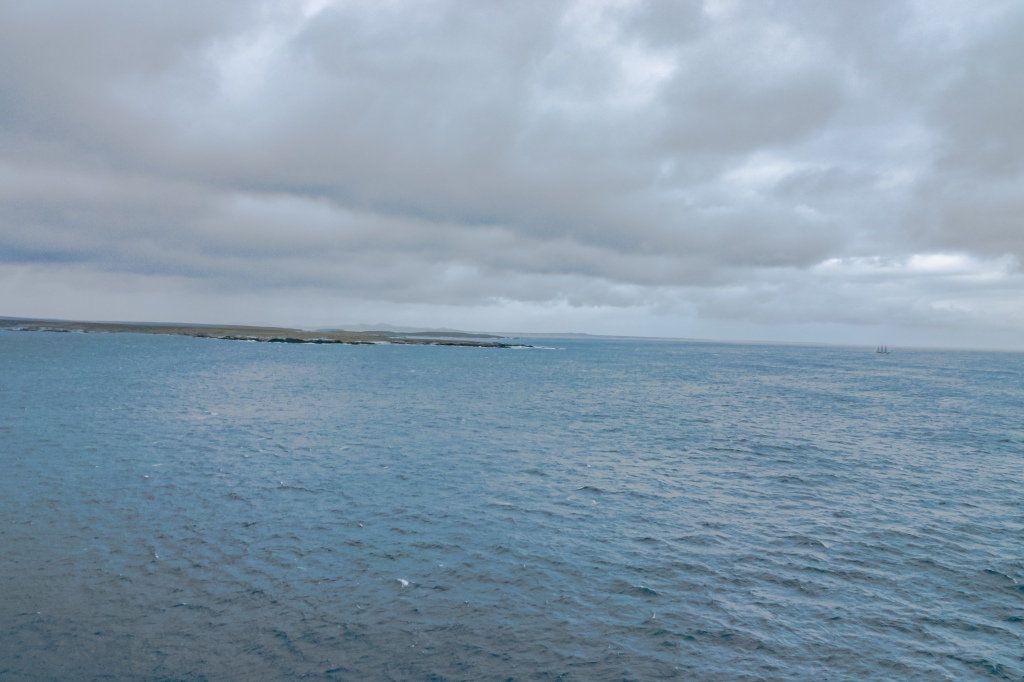Dear Readers:
We’ve been home since December 7th, but wanted to finish up our trip to South America with a final post on Buenos Aires. Enjoy!
December 6, 2019:
Today we returned to the charming capital of Argentina, Buenos Aires. While there is no doubt that this country has some serious economic problems, Jim and I came to love it here during our visits in 2015. While we were a little bummed to leave the Mariner behind, we were excited to renew our acquaintance with this city.
Our flight home is not until 9:00 tonight, so we planned a day with a car and driver to revisit some of the things we learned about in earlier visits. Our first stop of the day was a return visit to a great leather shop we discovered on our very first visit. Bettina Rizzi’s shop has been a fixture in the city for years (bettinarizzi.com; 925 Maipu Street), and we had jackets made to order here five years ago for a very reasonable price. She speaks excellent English, and will allow you to select the pelt for the garment you want made. Jim and I both wanted another jacket made, and she promised to have them ready for us by this afternoon.
That business taken care of, we put ourselves in the capable hands of our guide for the day, Soledad, from local tour operator, Furlong Travel. Soledad recommended that we wander around the Japanese gardens in the center of town, while we waited for the Eva Peron Museum to open.
The Japanese gardens are not on any top 10 lists of things to see in Buenos Aires, but like a lot of the rest of this lovely city, it is another gem tucked away, but enjoyed by the many residents of Buenos Aires. This lovely garden is literally right in the center of the city, and it is a lovely oasis! While it is warm today, it was still very pleasant to walk around the water features and stroll in the shaded pathways. There is a carp farming project here, and the little kids in the park were fascinated with the carp.





We drove around the city a bit and then went to the Evita Peron Museum. While she was the First Lady of Argentina (in the 1940s), she started a foundation in her name to provide housing, education and food to the poor women of Argentina. The Eva Peron Foundation bought numerous houses around the country (and several in Buenos Aires) where the women were housed and taught marketable skills. The Museum is housed in one of these homes, and is very interesting. Unfortunately, though, they don’t allow you to take photos inside. In addition to having several exhibits about the life of Eva Peron, the museum also has several displays of the outfits she wore throughout her life. Even Jim enjoyed this museum!

Since we still had some time to kill before our lunch reservation at one of the iconic Argentinian steak houses, Soledad took us to wander through the Palermo neighborhood. When we were here five years ago, this was one of our favorite neighborhoods in the city, and it is easy to see that it has gotten even more popular. Apparently, this is a favorite spot for young Porteños (which is what the residents of Buenos Aires call themselves) for eating out, listening to music and dancing. There are also great shops here. However, one of the best parts of the neighborhood is the abundance of murals painted on many of the buildings. WE drove around to see a few of Soledad’s favorites, and then we went to the Mercado de Pulgas (literally, the Flea Market), which is in a huge old warehouse chock full of some amazing finds. This is THE place to go if you are doing a remodeling job, and want to incorporate historical touches like hand-carved doors. It was slightly frustrating not to be able to buy anything, but this is a great resource!

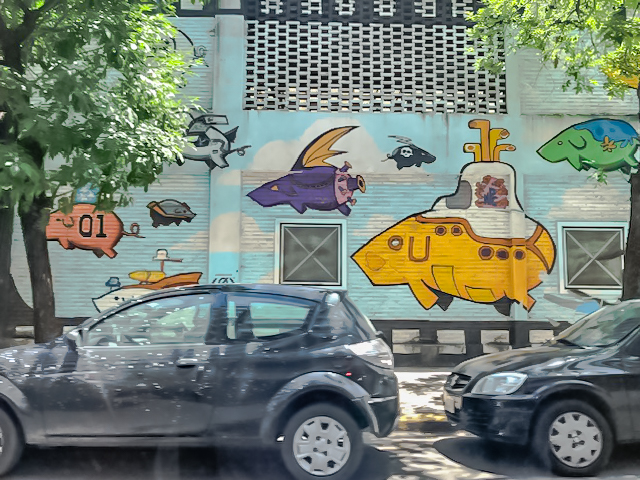
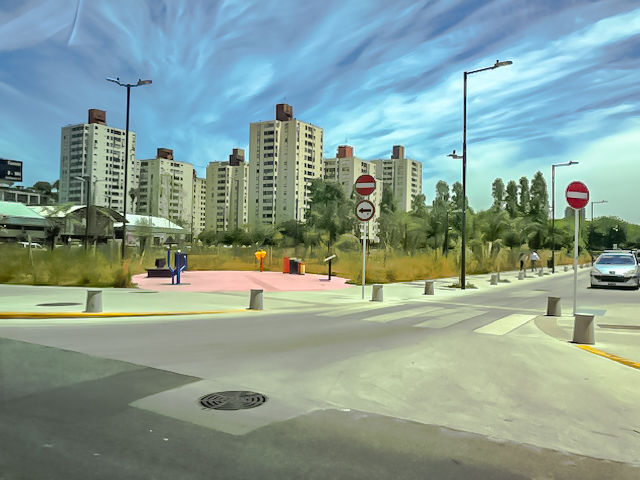





Our lunch reservation was also in the Palermo neighborhood at a great restaurant called Parrilla Voro Carnes. A parrilla is an Argentinean restaurant which specializes in grilled meats, and Voro Carnes means “I eat meat”. This is a not-so-subtle way of telling you that if you are a vegetarian, this probably is not the restaurant for you! The restaurant is relatively new (by Buenos Aires’ standards), but is owned an operated by a young couple, but it has already garnered a loyal following of customers. The restaurant is bright and airy (and air conditioned), but the menu is fairly simple. There are a few appetizers (all of them versions of Argentinian favorites) and most of the menu consists of the various cut of meat you can order. Jim and I split an empanada (beef, of course), and an order of provoleta (a baked cheese dishes with herbs and spices) as an appetizer. Although both were very good, we tried to save ourselves for the “main event”. The steaks we ordered were fantastically flavorful and tender, and they were served with a housemade tray of condiments, including a chimichurri sauce, which predominated with paprika instead of the more common parsley and oregano. The wine list was not extensive, but all the wines listed were top drawer Argentinian wines and quite affordable. IN short, it was an iconic meal in an iconic city.







We would have probably liked to find a place just to curl up and sleep off our meat hangover, but since that wasn’t possible, Soledad took us to another famous museum here; the Museum of Latin American Art (nicknamed “MALBA”). All of the art here is contemporary, and is beautifully curated in a very modern and airy mult-story building. In addition to a rotation collection of art by some great South American artists, there is also a whole floor devoted to spotlighting the works of a specific artist. The current exhibit featured the works of Ernesto Neto, who works in a cloth medium, which creates hanging shapes. It was not my cup of tea, but the gallery was full of visitors. I was more interested in some of the other classic Latin American artists. We were happy to find one work (a painting) by Bótero, but we learned that MALBA has several of his works in their collection, and they are rotated.


About this time, we got a call from Bettina to let us know our jackets were ready, so we left the museum and went to pick them up. Once again, they fit perfectly, and Jim and I are very happy with our purchases. By this time, it was finally time to drive to the airport. Even though our flight would not depart for over four hours, the traffic in Buenos Aires is incredible, so we played it safe. We made it onto our flight without incident, and woke up in Miami the next morning. I hope you’ve enjoyed our tales of South America. Stay tuned in March, when we will depart on a truly epic journey!








